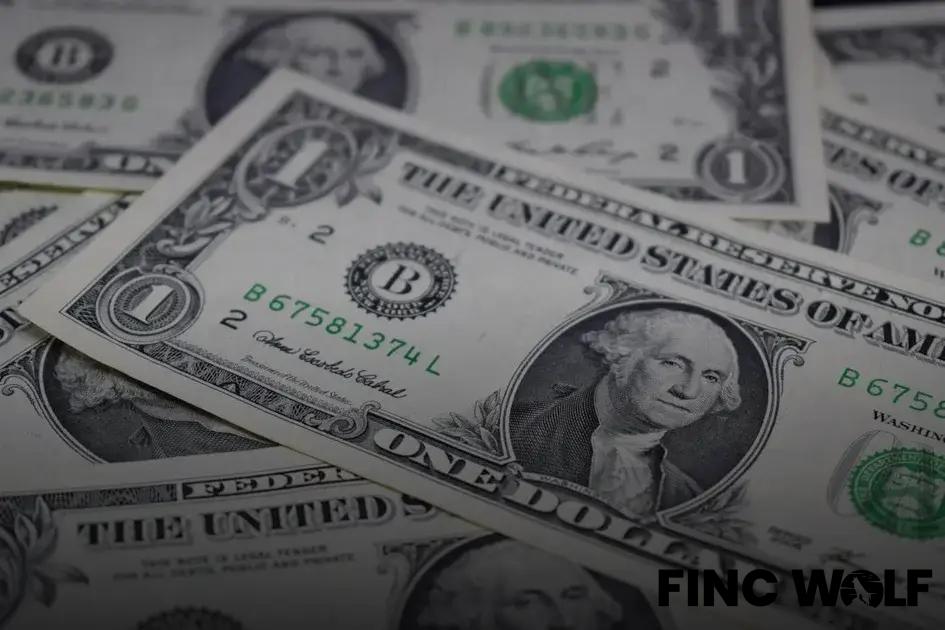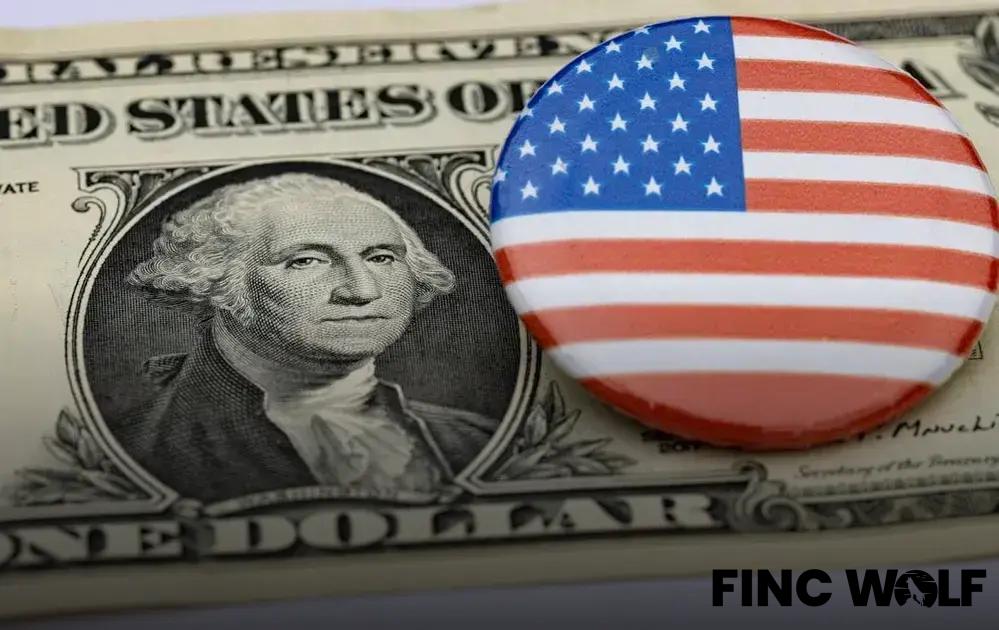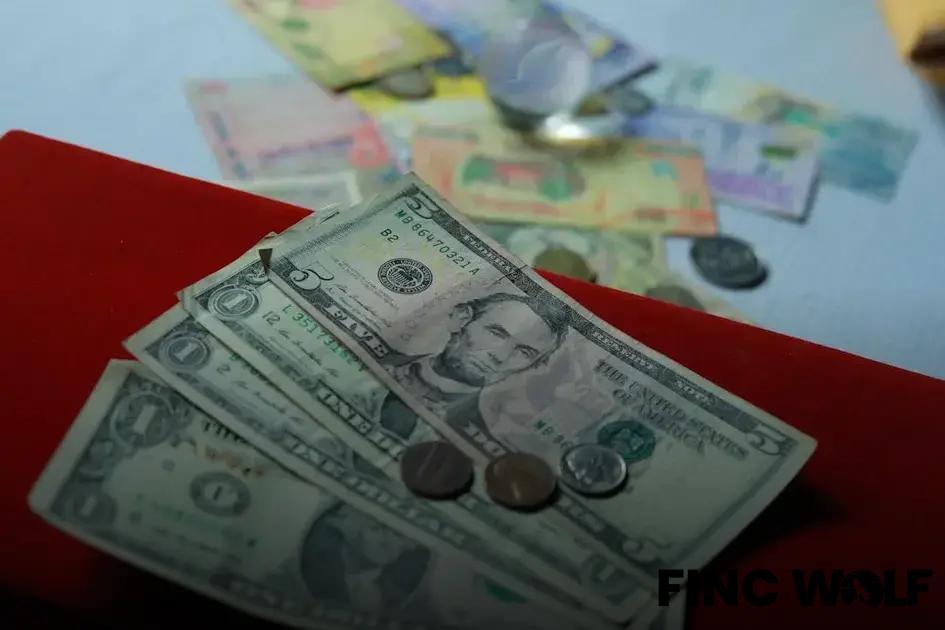As we delve into the world of Decentralized Finance (DeFi), there’s an undeniable evolution transforming the financial landscape. The year 2023 promises innovative trends that could redefine how we manage our finances. From Layer 2 solutions offering scalable options to the intricate dance of interoperability between diverse blockchains, the horizon looks promising. Challenges persist, notably in regulation, but growth areas like DeFi insurance and the merging of traditional and decentralized finance aspects signal a dynamic future. Moreover, the impact of DeFi on sustainable finance cannot be ignored, highlighting its pivotal role in global financial ecosystems. Read on to discover these trends and why they are crucial to watch.
The Rise of Layer 2 Solutions
The growing popularity of Layer 2 solutions marks a significant development in the landscape of Decentralized Finance. Layer 2 solutions aim to enhance the scalability and efficiency of blockchain networks by operating off-chain, reducing the load and cost of transactions on the primary blockchain (Layer 1).
As DeFi continues to expand, the need for faster and more affordable transactions becomes paramount. Layer 2 technologies, such as state channels and rollups, offer a pathway to overcoming the limitations of current blockchain infrastructure. Rollups, for instance, bundle multiple transactions and execute them off-chain before being confirmed on the core network, resulting in increased throughput and reduced fees.
With 2023 witnessing a surge in blockchain adoption, developers and platforms are increasingly turning to Layer 2 solutions to ensure their systems remain competitive and accessible. This trend not only enhances user experience but also encourages greater participation in DeFi ecosystems. The adoption of these solutions can significantly transform how decentralized applications (DApps) interact, allowing for seamless and cost-effective operations.
Interoperability Between Blockchains

Interoperability between blockchains is a key factor driving the growth of Decentralized Finance (DeFi), allowing for seamless transactions and communication across different blockchain systems. As DeFi solutions continue to develop, achieving effective interoperability becomes essential.
Many blockchain networks operate in isolation, which limits their ability to share information and value directly with each other. This is where solutions like cross-chain bridges and atomic swaps come into play. These technologies enable different blockchains to interact, ensuring that assets from one blockchain can be securely used in another, thereby expanding the ecosystem’s usability and accessibility.
One of the most pressing challenges in achieving interoperability is ensuring security across chains. Networks need to ensure that transactions across blockchains remain secure from potential attacks, which requires rigorous security protocols and consensus mechanisms.
Interoperability also fuels innovation by facilitating better asset management tools and decentralized applications that can function across multiple platforms. Developer communities are actively working on creating protocols that enhance communication between otherwise siloed blockchain networks, allowing for a more integrated financial experience.
With developments like the Polkadot and Cosmos networks, progress in interoperability is accelerating, making it possible for DeFi to grow beyond Ethereum and onto multiple platforms, which increases the potential user base and asset diversification. It’s crucial for DeFi trends in 2023 to address interoperability as a foundational element for future growth.
DeFi and Regulatory Challenges
The evolving landscape of Decentralized Finance (DeFi) presents significant regulatory challenges as it seeks to redefine traditional financial systems. One primary concern for regulators is the lack of centralized control inherent in DeFi platforms. Unlike traditional financial systems, DeFi operates on decentralized networks, making enforcement of typical financial regulations complicated.
Regulatory frameworks vary considerably from one jurisdiction to another, often leaving users and developers in a grey area regarding compliance. The decentralized nature of DeFi creates difficulty for regulatory bodies to exercise oversight and ensure processes are in place to prevent illegal activities such as money laundering.
Ensuring Security and Compliance
DeFi platforms must ensure security and compliance to foster trust among users. The decentralized nature often relies heavily on smart contracts, which need to be regularly audited to prevent vulnerabilities. These audits are crucial as they mitigate risks associated with financial loss through hacks or system failures.
Collaboration between regulators and DeFi communities could create a more harmonized approach to legislation. Some consider the implementation of a decentralized autonomous organization (DAO) governance model. This approach might help create more community-driven regulatory frameworks that align with the ethos of DeFi while still addressing governmental concerns.
An important aspect to monitor in 2023 is how DeFi navigates these challenges and adapts to a more regulated environment while maintaining its core principles of decentralization and financial inclusivity.
The Growth of DeFi Insurance

The decentralized finance (DeFi) sector continues to evolve, with new innovations and services emerging at a rapid pace. Among these, DeFi insurance is gaining significant attention as part of the movement’s broader growth. This type of insurance offers users protection against the unique risks associated with DeFi platforms, such as smart contract failures and hacking incidents.
Understanding the Need for DeFi Insurance
The volatility and complexity of DeFi platforms require robust coverage options. As millions of dollars are locked into smart contracts and various DeFi services, the need for safety nets becomes apparent. Traditional insurance companies often do not cover risks specific to blockchain technology, creating an opening for DeFi-native insurance solutions.
Companies in this space are developing products tailored to the decentralized market’s needs, leveraging blockchain’s trustless nature to provide transparent and accessible insurance policies. These platforms typically operate by pooling funds from users and using these reserves to compensate in case of loss events.
Challenges and Opportunities in DeFi Insurance
However, the growth of this sector is met with unique challenges, such as accurately assessing and pricing risk, which can be more complex than in traditional finance. Additionally, the decentralized nature of DeFi sometimes complicates effective regulation and standardization of policy terms. Despite these hurdles, DeFi insurance presents substantial opportunities for growth and innovation, combining the aspects of traditional insurance with blockchain’s efficiency and transparency.
The continuous expansion of the DeFi world suggests the potential for DeFi insurance not only to secure users but also to instill greater confidence in decentralized platforms. As more users enter the DeFi space, the demand for secure and reliable insurance solutions is likely to rise, making this an exciting area to watch in the coming years.
Integration of Traditional Finance
As the DeFi landscape continues to evolve, the integration of traditional finance is playing an increasingly vital role. Traditional finance, often referred to as TradFi, includes established banks, financial institutions, and systems that have been in place for decades. These institutions are beginning to see the potential of DeFi technologies and are actively looking for ways to merge these innovations with their existing frameworks.
One notable trend is the incorporation of smart contracts into traditional financial products. Smart contracts, which are self-executing contracts with the terms directly written into code, offer increased transparency and security. They are being used for a variety of financial instruments, such as bonds and insurance contracts, allowing for automation and reducing the need for intermediaries.
Additionally, asset tokenization is creating new pathways for traditional finance to participate in DeFi. By tokenizing assets like real estate or equities, firms are able to offer fractional ownership and liquidity options that were previously inaccessible. This creates a bridge between DeFi and traditional investors, offering them new opportunities while maintaining familiar financial principles.
The introduction of DeFi protocols that offer fiat integration is another area of interest. These platforms allow users to interact with DeFi applications while using their native currencies, minimizing friction and simplifying the user experience. Banks are exploring partnerships and collaborations with DeFi projects to enhance their offerings and stay competitive.
Furthermore, the lending and borrowing sectors are seeing a convergence. DeFi lending platforms offer attractive interest rates compared to traditional savings accounts, prompting users and institutions to consider these as viable alternatives. By integrating these technologies, traditional finance can leverage the efficiency of DeFi to improve their services.
However, this integration does not come without challenges. Regulatory compliance remains a significant hurdle, as traditional financial institutions must adhere to strict regulations. They need to balance innovation with compliance, ensuring that the benefits of DeFi can be harnessed without compromising on security and trust.
Overall, the integration of traditional finance into the DeFi space represents not only a major shift in financial practices but also an opportunity for both sectors to benefit from each other’s strengths. By embracing these technologies, traditional finance can stay relevant in a rapidly changing environment, while DeFi gains stability and wider acceptance.
DeFi’s Role in Sustainable Finance

Decentralized Finance, or DeFi, is helping shape sustainable finance by providing innovative solutions that traditional finance often overlooks. By allowing for peer-to-peer transactions and the elimination of intermediaries, DeFi reduces financial costs and increases access to capital. Smart contracts on blockchain networks enable transparent and secure transactions without the need for centralized control. This increases trust and efficiency in financial activities.
Renewable energy projects and other green initiatives can benefit significantly from DeFi through new funding models. For example, DeFi platforms can facilitate crowd-funded investments in sustainable projects, making it easier for individuals to support eco-friendly ventures. Moreover, tokenization of assets allows for fractional ownership, enabling a more diverse pool of investors to participate in sustainable projects.
By leveraging DeFi, small and medium-sized enterprises focusing on sustainable practices can access capital more easily. This democratization of finance means that innovative, sustainable solutions can flourish without the constraints of traditional lending models.
Additionally, DeFi protocols can incorporate carbon credit trading into their platforms, promoting environmentally positive investments. This integration can lead to the creation of financial products that not only yield returns but also promote sustainable development goals.




